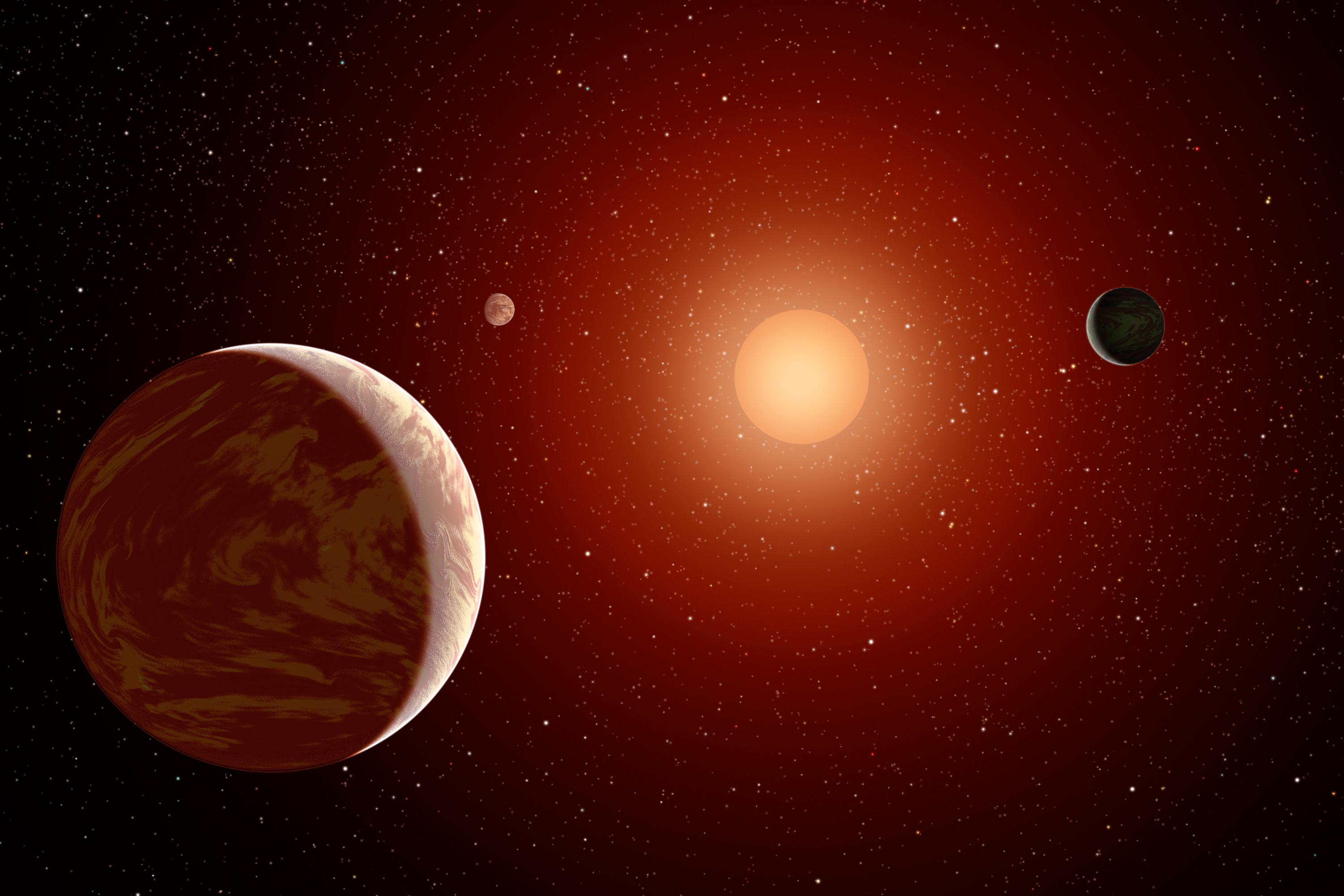Press Release
NASA Selects Johns Hopkins APL's Kevin Stevenson to Lead New Astrobiology Research Team
The NASA Astrobiology program announced the selection of eight interdisciplinary and multi-institutional teams Monday, Nov. 9, kicking off the program’s new Interdisciplinary Consortia for Astrobiology Research (ICAR) program. Kevin Stevenson, an astrophysicist at the Johns Hopkins Applied Physics Laboratory (APL) in Laurel, Maryland, will lead one of the eight teams.
“This is a huge win for the exoplanet research group at APL,” Stevenson said. “This gives us a seat at the table when it comes to discussing the search for life on other worlds, granting us instant credibility in astrophysics and building on our successful astrobiology work.”
The ICAR program is a new organizational structure within NASA’s Astrobiology program, which has been developed over time to meet the needs of the exciting and rapidly evolving field of astrobiology — the quest to understand how life evolved and whether life exists beyond Earth.
“The APL team’s win in this highly competitive NASA program is the result of a dedicated effort to build world-recognized expertise in exoplanets research,” said APL planetary scientist Dana Hurley, who helps direct exoplanet and astrobiology work at the Laboratory. “This team brings together diverse capabilities from many institutions to solve a complex and compelling question: Are we alone?”
Teams selected for the ICAR program were asked to choose a question of interest to the astrobiology field, and that aligns with at least one of six aspects listed in NASA’s 2015 Astrobiology Strategy — a roadmap for the astrobiology field — and describe an interdisciplinary approach to answering it.
Stevenson’s team, for which he will act as project manager for at least the next three to five years, includes researchers from various fields at 16 institutions across the globe. Their project, titled “The M-dwarf Opportunity: Characterizing Nearby M-dwarf Habitable Zone Planets,” will determine how current and future telescopes can best search for chemical signatures of life in the atmospheres of a large number of planets orbiting small nearby stars called red dwarfs or M-dwarfs.
These little red balls of gas and plasma make up roughly 75% of the stars in our part of the Milky Way galaxy. With their relatively cool temperatures, small size compared with the Sun and fairly frequent occurrence of orbiting planets, M-dwarfs make ideal locations to look for habitable worlds.
The team aims to leverage the infrared-light-detecting capabilities of future space telescopes, such as NASA’s James Webb Space Telescope, to spot planets in other solar systems that have been undetectable. From Earth’s point of view, those planets never transit in front of their stars, which is the primary way of detecting exoplanets; in fact, only 2% of planets around M-dwarfs pass in front of their star.
The team will further improve a method that Stevenson developed to study non-transiting planets, using the slight difference in the intensity of infrared light that a planet and its star emit together, as compared with a star on its own. Potentially habitable planets around M-dwarf stars emit measurable amounts of light at infrared wavelengths, making them slightly “visible” even though they never transit their star from our vantage point.
“This method would reveal a huge swath of exoplanets that have previously been inaccessible in terms of atmospheric characterization,” Stevenson said. The method could possibly multiply the number of planets that can be studied by 50 times, increasing the odds of discovering a planet with life outside our solar system.
The APL-led ICAR team includes researchers from APL; NASA Goddard Space Flight Center; NASA Ames Research Center; University of Colorado, Boulder; University of California, Riverside; University of Exeter, United Kingdom; NASA Jet Propulsion Laboratory; Cornell University; Harvard-Smithsonian Center for Astrophysics; Space Telescope Science Institute; Blue Marble Space Institute of Science; Arizona State University; Stanford University; University of Bristol, United Kingdom; and Northwestern University.
